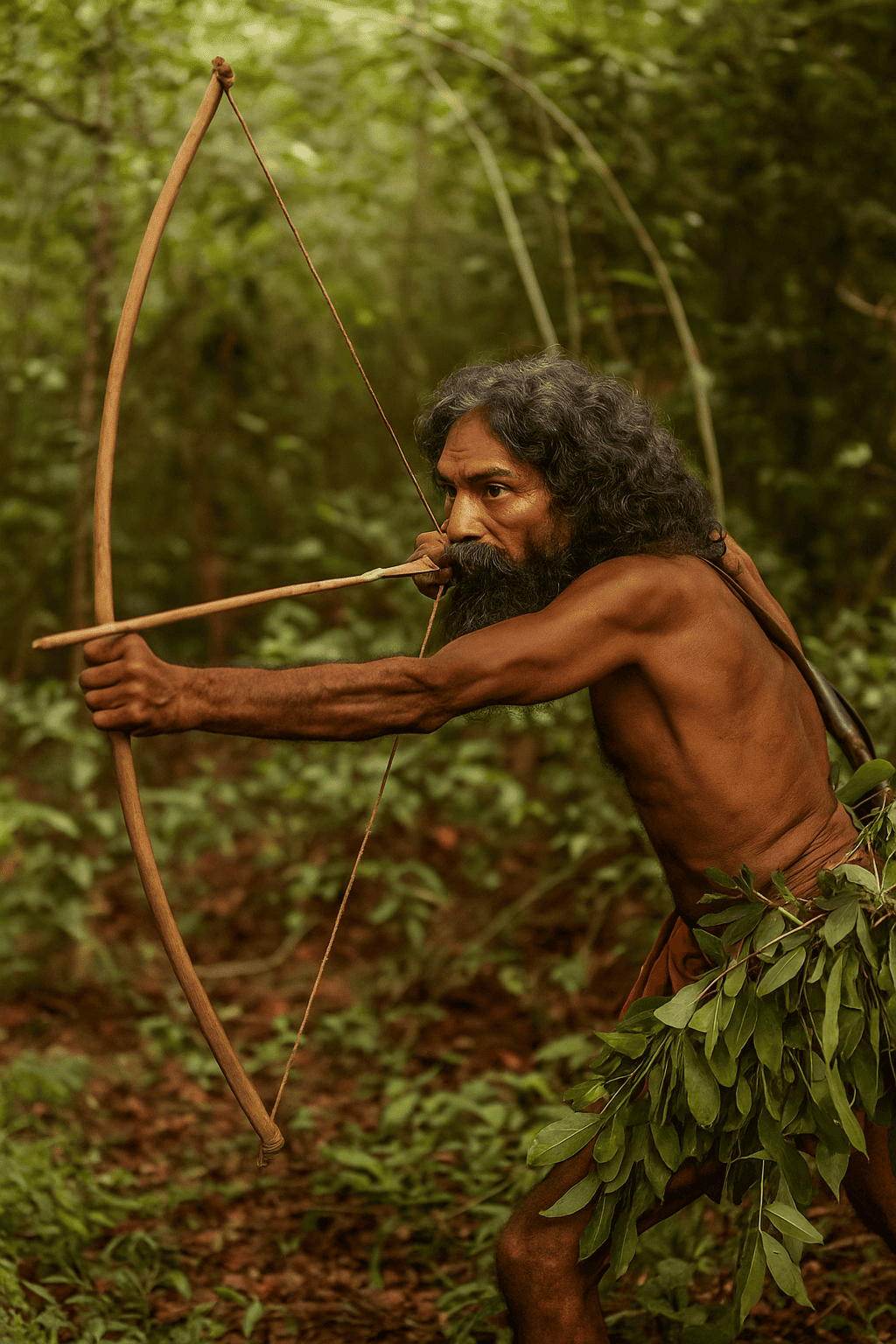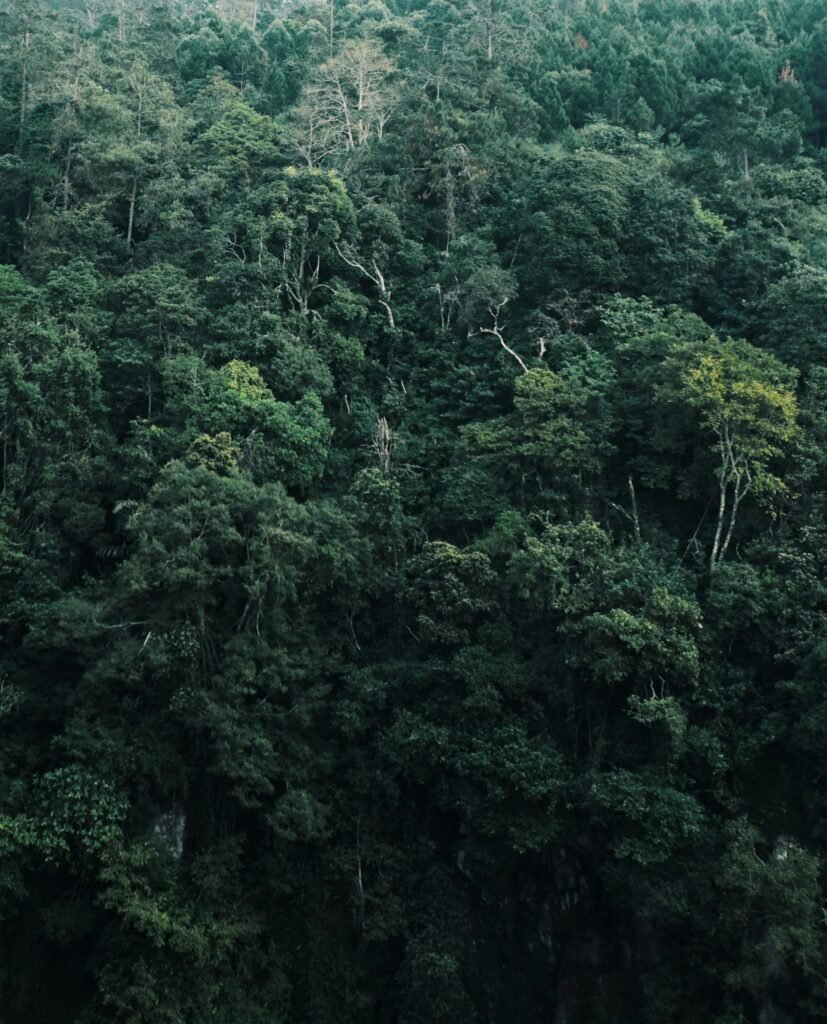
The Indigenous People of Sri Lanka – Veddas

Discover the life, culture, and traditions of Sri Lanka’s first inhabitants.
Introduction
The Veddas, commonly known as the Adivasi or Wanniyalaeto (‘forest-dwellers’), are Sri Lanka’s oldest inhabitants, with roots stretching back over 14,000 years. Living in harmony with their environment for thousands of years, they carry ancient traditions, survival skills, and a deep connection to nature making them a living bridge to the island’s distant past.

Origins and History
- Prehistoric roots: Anthropologists and archaeologists theorize that the Vedda are descendants of Sri Lanka’s earliest inhabitants, known as Balangoda Man. Ancient cave drawings in places like Dambulla and Sigiriya are believed to reflect their ancestors’ lives.
- Mahavamsa chronicle: The ancient chronicle Mahavamsa recounts a myth that the Vedda are the descendants of the union between the island’s first king, Vijaya, and the indigenous Yaksha queen, Kuveni. After being cast out, Kuveni’s children retreated to the jungle and founded the Vedda people.
- Historically, the community included Gal Veddas (cave-dwellers), Muhudu Veddas (coastal), and Gam Veddas (villagers), but deforestation and development have led to a reduction in their traditional lands and a risk to their ancient traditions and culture.

Habitat
Veddas traditionally live deep in forests, especially in Dambana, Mahiyanganaya, and parts of the Uva and Eastern provinces. They build simple huts from wood, leaves, and clay or sometimes live in natural caves. The forest is not just their home it provides shelter, food, and tools for daily life.
Traditional way of life
Historically, the Vedda were nomadic hunter-gatherers, but modern government and resettlement policies have forced many to adopt a more settled, agricultural lifestyle.
- Hunting and foraging: Traditional hunters used bows and arrows, harpoons, and traps to catch animals such as deer, wild boar, and monitor lizards. They also foraged for wild fruits, yams, and honey.
- Cultivation: Many have turned to slash-and-burn, or chena, cultivation, growing millet, corn, and other grains. Some coastal Vedda also engage in fishing.
- Settlements: While some historical accounts mention cave-dwelling “Rock Veddas,” most modern Vedda live in small villages in simple huts made of wattle, daub, and thatch.
Culture and traditions of Veddas
- Language: The original Vedda language is unique and not related to any other language, but it is almost extinct today. Most Veddas now speak Sinhala or Tamil, depending on where they live. Some traditional words and phrases are still used in daily life and rituals.
- Religion: Traditionally, the Veddas follow animism, worshipping ancestral spirits (nae yaku) and forest gods. Over time, many have blended these beliefs with Buddhism in the central regions or Hinduism along the eastern coast. Their spiritual practices often focus on nature, hunting, and honoring ancestors.
- Rituals: Veddas celebrate life through songs, dances, and rituals that honor forest spirits and ancestors. Children learn stories around the fire, discovering lessons about survival, respect, and community. Important rituals include the Kirikoraha dance, which is used to honour ancestral spirits. The marriage ceremony is simple, with the bride tying a bark rope around the groom’s waist.
- Social Structure: Vedda society is mostly equal, with everyone sharing responsibilities. Families are matrilineal, meaning children follow their mother’s family line. Community and family bonds are strong, and people often help each other with daily life, hunting, and caring for the land.
Challenges and Modern Life
Modern development has brought numerous challenges to Veddas. Forests have shrunk, hunting is restricted, and some families have adopted farming or wage labor. Despite these changes, many Veddas continue to practice traditions and teach younger generations about their heritage. Visitors to Dambana can still witness these practices, experiencing a glimpse of life as it was centuries ago.
Preservation of Heritage
Some Veddas, including the chieftain Uruwarige Wannila Attho in Dambana, are actively working to preserve their traditions through initiatives like cultural centers and ethical tourism. Efforts by cultural groups and government programs aim to protect their traditions. Documentaries, cultural tours, and awareness campaigns showcase their lifestyle, music, and skills. Preserving their heritage ensures that the stories, wisdom, and connection to nature of Sri Lanka’s first people are not lost.
The Wanniyala-Aetto are not just an indigenous group—they are guardians of Sri Lanka’s history and natural heritage. Their way of life teaches respect for nature, community values, and resilience. Protecting their culture allows future generations to learn from their wisdom and understand the island’s rich cultural roots.
